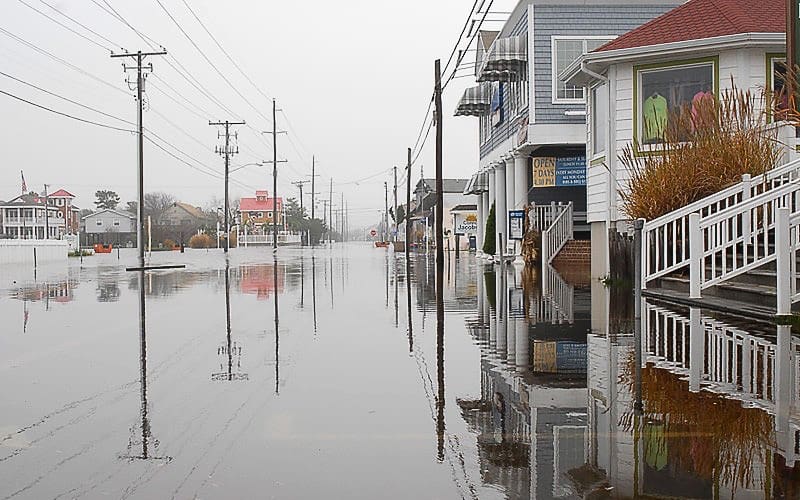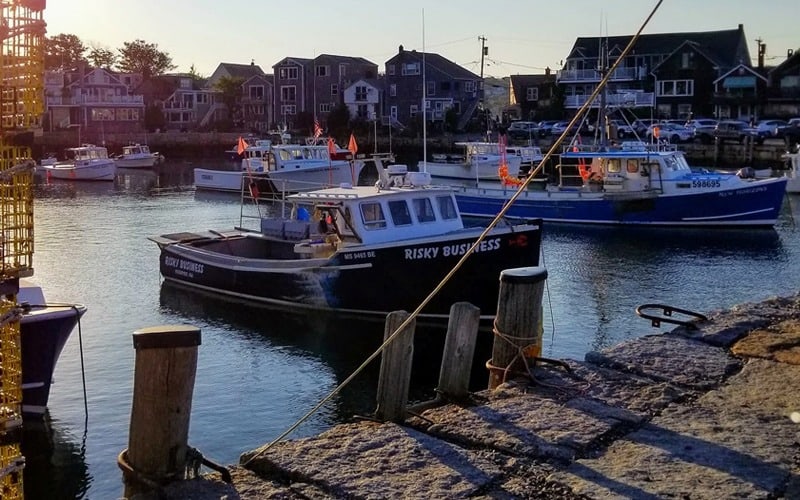 Research & Discovery
Research & Discovery
A Blog Devoted to UD Innovation, Excellence and Scholarship
Research & Discovery
A Blog Devoted to UD Innovation, Excellence and Scholarship
Threat multiplier
ABOVE: Coastal communities in Delaware are particular vulnerable to the impacts of sea level rise and climate change as seen here in a photo taken after a Nor’easter in 2009. | Photo by Lisa Tossey
UD experts share information on climate change, community risk assessments
To help keep community leaders, representatives from non-profit organizations and private sector consultants up to date on those risks and how to best manage them, the Delaware Geological Survey’s John Callahan and Danielle Swallow from Delaware Sea Grant presented information at the National Oceanic and Atmospheric Administration’s (NOAA) Climate Adaptation Planning training meeting held recently in Dover.
The purpose of the class was to provide hands on training to community leaders and state agency outreach specialists on the steps involved in adaptation planning.
Callahan gave a talk on observations and projections for climate change and sea level rise in Delaware while Swallow gave a presentation on how to best manage and plan for these threats by showing a vulnerability risk assessment she led for the town of Slaughter Beach, which she conducted prior joining Delaware Sea Grant.
The event was co-sponsored by Delaware Sea Grant and the Delaware Department of Natural Resources and Environmental Control (DNREC). Both Delaware Sea Grant and the Delaware Geological Survey are based in the University of Delaware’s College of Earth, Ocean and Environment.
Swallow, a coastal hazards specialist, said community leaders often will assess their community or particular infrastructure in their community, such as a roadway, to look at how that asset is exposed to climate change or sea level rise over time to identify the vulnerability.
“Once they identify the vulnerability, they work to identify mitigation and adaptation strategies to reduce risk,” said Swallow. “Our training was to help communities understand climate risks going forward and how to assess their community’s or infrastructures’ exposure to these risks and then to plan for that.”
For the town of Slaughter Beach, Swallow said the community only has two roads in and out of town and both roads are vulnerable to flooding, with one flooding at extreme high tides, which is directly related to sea level rise.
“During major storm events, that community can get cut off from access to Route 1, and so that affects their ability to get school buses down the street to pick up kids for school. It affects them if they need to get to the hospital or a doctor’s office or even to pick up groceries,” said Swallow.
Callahan, an associate scientist and climatologist with the Delaware Geological Survey, said that while it’s easy to see the effects of climate change at the coast with flooding, there are also many other effects that often go overlooked.





